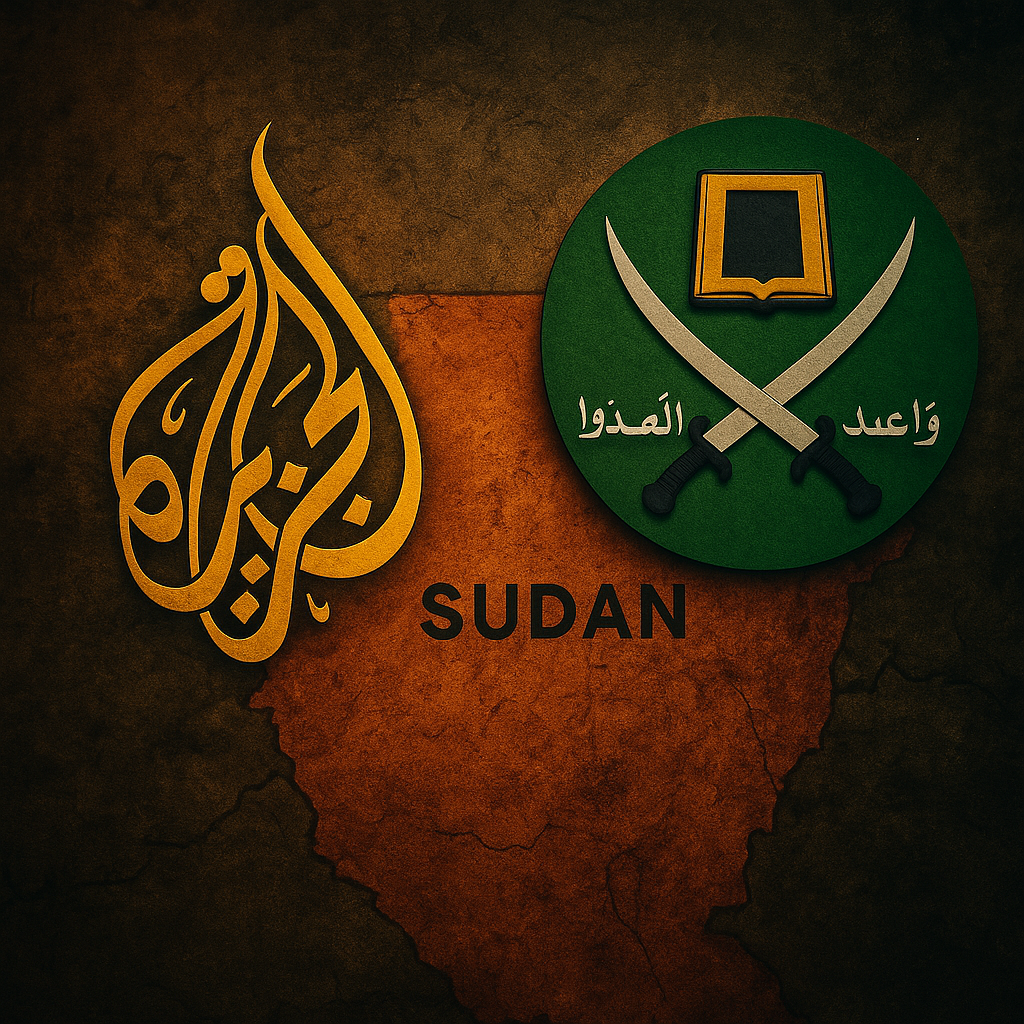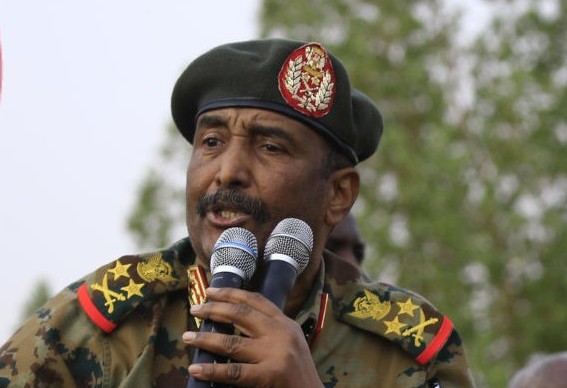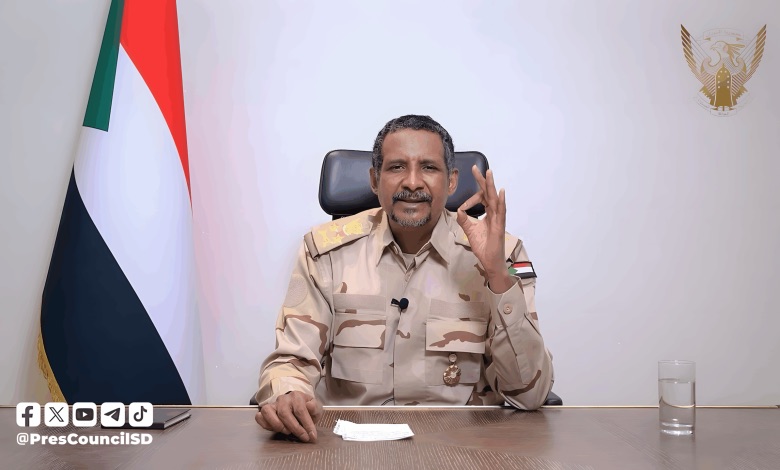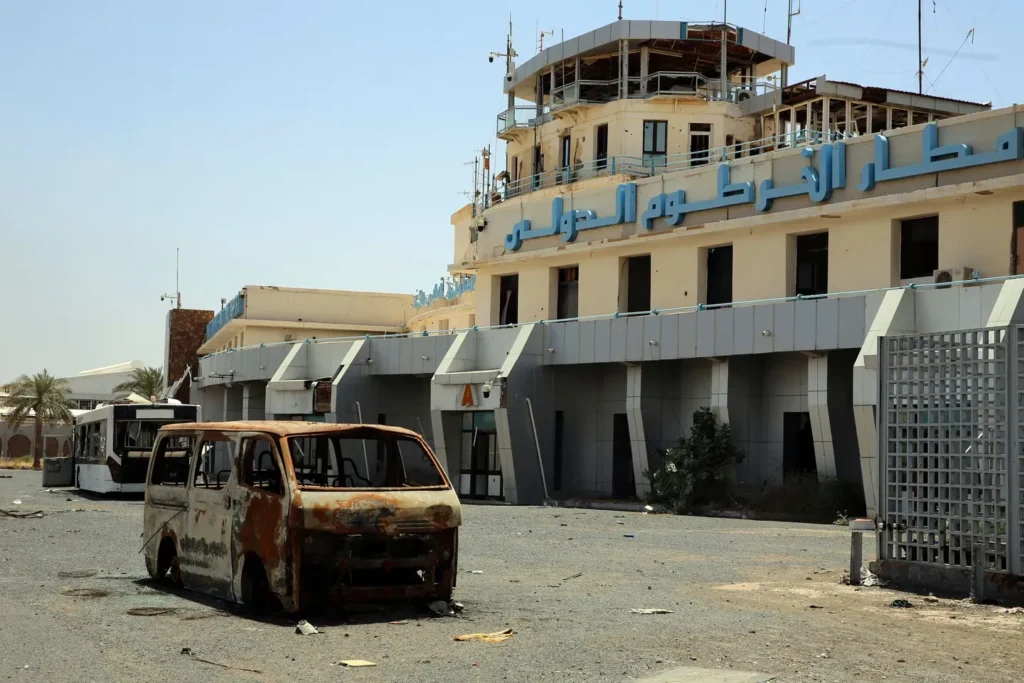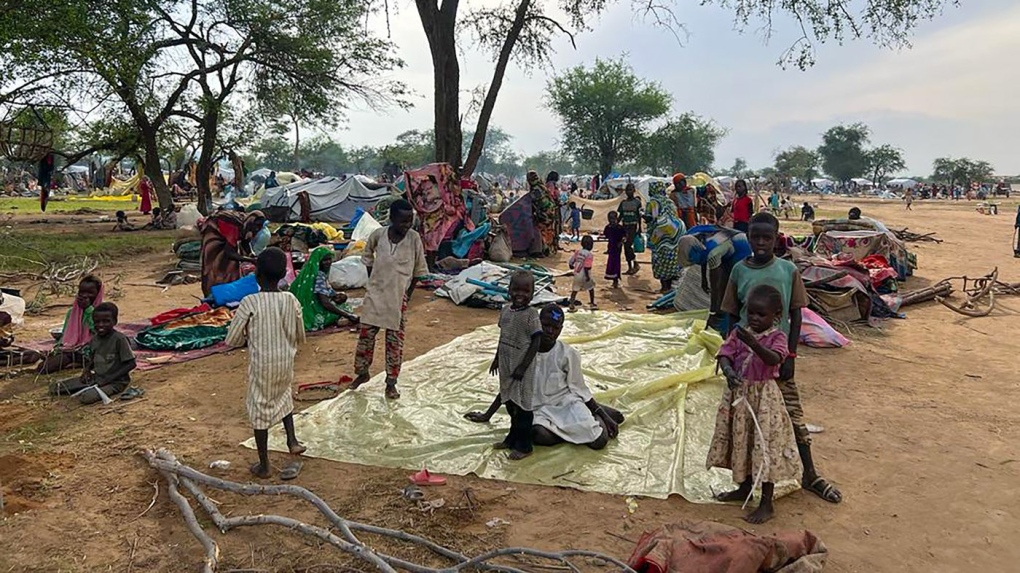
Six months following the eruption of a catastrophic conflict sparked by tensions among rival Sudanese generals, the death toll reaches thousands, millions have been displaced, and the once-vibrant capital, Khartoum, now stands as a mere remnant of its former splendor.
As the initial bombs descended on April 15, residents of the capital gazed in fear and desperation as entire neighbourhoods were reduced to ruins, while critical services ground to a halt, compounding their suffering.
Those who managed to evade the bloodshed and devastation made a frantic journey to the Red Sea coast, approximately 1,000 kilometers (621 miles) to the east.
Port Sudan, which currently hosts Sudan’s sole operational airport, has transformed into a transfer point for foreign nationals departing from the northeastern African nation.
Its streets, lined with white colonial structures, swiftly accommodated individuals who had departed Khartoum, encompassing United Nations personnel and government officials who established temporary offices.
In late August, this group was joined by the army chief, Abdel Fattah al-Burhan, whose forces are in direct conflict with those of Mohamed Hamdan Dagalo, the commander of the Rapid Support Forces (RSF).
Burhan, who has more or less controlled Sudan since orchestrating a coup in 2021, found himself confined for more than four months within the army headquarters in Khartoum, surrounded by RSF.
Despite his escape from Khartoum, the fighting in the capital has shown no signs of abating, and conflicts persist in the western region of Darfur.
Life goes on
In spite of the mass departure, millions of individuals have had limited options but to remain in Khartoum, where their residences, marred by bullet marks, continue to be rocked by daily explosions.
The capital’s skyline is now marked by an unending plume of smoke, with businesses and warehouses standing deserted, looted, and scorched.
Prior to the conflict, the three districts of the capital—Khartoum, Omdurman, and Khartoum North—served as the epicenter of power, infrastructure, and industry in the nation of 48 million people.
“The war has shown just how much Khartoum had monopolised everything, (and) that’s why the banks, the companies and all government stopped working,” said urban planner Tarek Ahmed.
However, economic analyst Omaima Khaled emphasized that this did not imply that life had completely come to a standstill.
Since there is no foreseeable end to the conflict, “there had to be somewhere else where people’s affairs could be managed,” she explained, and the logical selection was Port Sudan—a secure and well-connected city.
“It’s first of all geographically far from the war,” Khaled noted, as most of the fighting is concentrated in the capital and the western region of Darfur.
Port Sudan has a longstanding history as “Sudan’s second largest commercial centre,” she emphasized, making it a strong contender to serve as an economic capital.
However, Port Sudan has one significant drawback, as the economist pointed out: “it’s 3,000 kilometers from the country’s western border and 2,500 kilometers from its southern border, in a nation that lacks an efficient transportation network.”
Sudan’s decrepit road system is as centralized as the economy. Bypassing the conflict-ridden capital necessitates lengthy, meandering routes through a nation three times the size of France.
However, the challenges don’t end there, according to Hend Saleh, a resident of Port Sudan.
“There’s a shortage of drinking water and electricity,” she informed media, explaining that the coastal town’s already delicate infrastructure is now accommodating tens of thousands more people.
Port Sudan, established in 1905 by British colonial authorities as a replacement for the historical port of Suakin, located 60 kilometers away, is considered “is newer than other Sudanese cities and has a better urban plan and a better service network,” as stated by engineer Fathi Yassin.
Nevertheless, it shares the same deficiencies as the rest of Sudan, where years of deteriorating infrastructure are compounding the profound impact of the ongoing war.
Sudan’s rainy season, commencing in June, has caused extensive devastation across the nation, resulting in hundreds of deaths due to cholera and dengue fever. The United Nations has reported that 70 percent of hospitals are currently non-operational.
Southern Sudan dragged into the conflict
In contrast to other Sudanese cities that source their water from the Nile, Port Sudan depends largely on rainfall, which has become progressively less predictable.
The residents of Port Sudan have for a long time sought a connection to the Nile River, which would necessitate the installation of 500 kilometers of pipelines. However, this is an expense that Sudan, a country that was already one of the world’s poorest before the war, has never been able to afford.
Nearer to the Nile, the city of Wad Madani, situated 200 kilometers south of Khartoum, has also been considered as a potential capital.
Wad Madani, serving as the capital of Al Jazira state in the fertile region south of Khartoum, was the initial refuge for families escaping Khartoum during the initial weeks of the war.
At present, the state is accommodating over 366,000 displaced individuals, distributed across a narrow corridor of villages stretching between Khartoum and Wad Madani, including the state capital itself.
Interim governor Ismail Awadallah indicated that the city appeared to be on the verge of further economic integration, with “17 major companies considering relocating and even expanding their operations in Wad Madani.”
However, the economic prospects of Wad Madani may remain unfulfilled, as the conflict in Khartoum gradually extends southward.
On Wednesday, army declared that RSF had seized control of extensive sections of the Gezira agricultural scheme, located approximately 35 kilometers northwest of Wad Madani.

